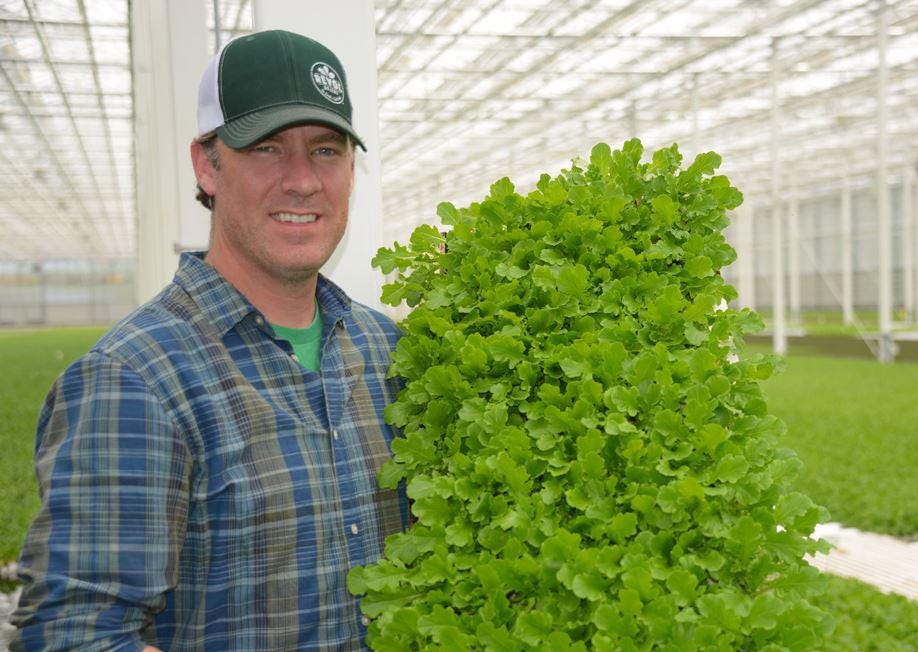Adequate residue management may enhance the benefits of cover crops on greenhouse tomato (Solanum lycopersicum L.) productivity, soil N pool, N cycling, and environmental quality, a new presented research says.
Regardless of management, cover crops may maintain or increase soil N storage at 10 cm depth compared with bare fallow. Cover crops may also enhance microbial biomass N, as a result, soil N availability may increase with cover crops, except rye (Secale cereale L.), more so with hairy vetch (Vicia villosa R.; HV) incorporation than HV mulch and the biculture of HV and rye. Residual inorganic N at surface soil may increase with cover crops, more so with HV and rye monocultures than the biculture.
Tomato yield may increase more with the biculture than either HV incorporation or HV mulch because of an efficient residue-N use by tomatoes. The biculture may change the N release pattern from both cover crops: rye of the biculture may release more N than the monoculture, while HV may release a similar or more N in the late than in the early period of tomato growth. With adequate seeding HV/rye ratio (2/1), biculture may maintain or increase soil N storage, increase N cycling and tomato yield, and improve environmental quality.
Read the complete research at www.researchgate.net.
Muchanga, Rafael. (2021). Cover Crop Residue Management for Effective Use of Mineralized Nitrogen in Greenhouse Tomato Production. 10.5772/intechopen.95359.












